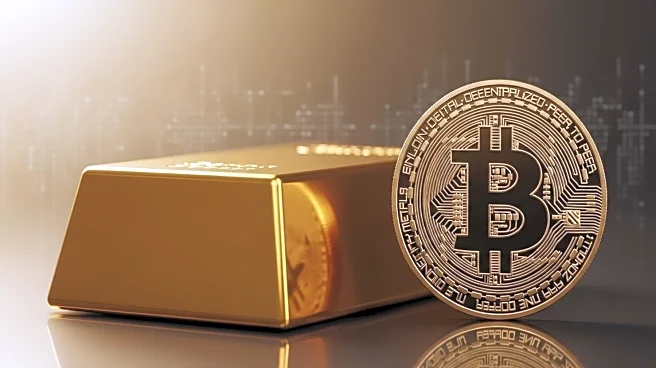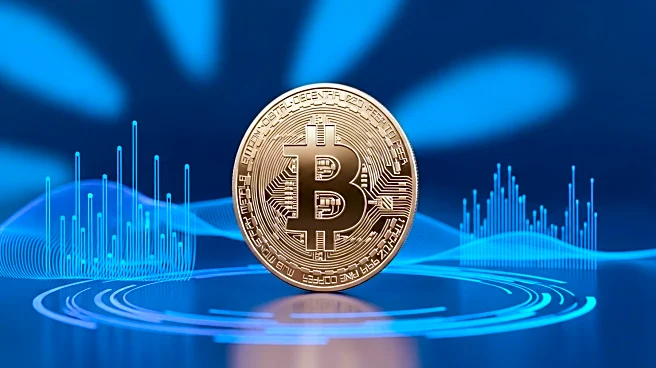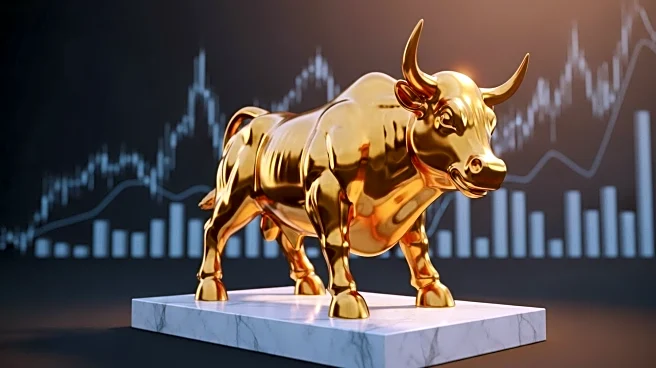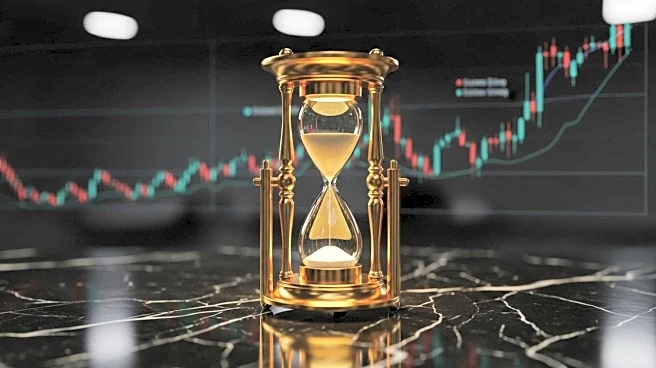What's Happening?
Gold futures have reached a record high, surpassing $4,000 per ounce for the first time. This surge is attributed to investors seeking a 'safe haven' amid the ongoing U.S. government shutdown. The shutdown has created economic uncertainty, delaying key economic data and affecting federal employees through furloughs and unpaid work. The rise in gold prices reflects broader economic anxieties, including the impact of President Trump's trade wars and tariffs, which have strained businesses and consumers, leading to inflation and a weakened job market.
Why It's Important?
The increase in gold prices signifies investor concerns about economic stability and the potential impacts of prolonged government shutdowns. As a traditional 'safe haven' asset, gold's rising value indicates a lack of confidence in other investment options during periods of uncertainty. This trend could influence investment strategies and economic forecasts, affecting financial markets and consumer sentiment. The situation underscores the interconnectedness of political decisions and economic outcomes, highlighting the importance of stable governance for market confidence.
What's Next?
The future trajectory of gold prices will depend on the resolution of the government shutdown and broader economic conditions. If the shutdown continues, further increases in gold prices may occur as investors seek security. Conversely, a resolution could stabilize markets and reduce demand for gold. The situation may prompt discussions among policymakers and financial analysts about strategies to mitigate economic disruptions caused by political impasses.
Beyond the Headlines
The surge in gold prices raises questions about the effectiveness of traditional investment strategies during times of political and economic uncertainty. It also highlights the potential risks associated with relying heavily on commodities as a hedge against inflation and market volatility.










